

Damion Smy
Boxy new KGM Musso unveiled to take on HiLux and Ranger ahead of Australian launch
1 Hour Ago
BMW's new design language lacks substance, and not just because the grilles are getting overly large. It's because there doesn't seem to be a clear vision.

News Editor


News Editor
We sure worked ourselves into a tizzy when Chris Bangle started radically altering BMW’s design DNA, didn’t we?
I still remember all the snarky comments about the Z4 needing a trip to the panel beaters, and about how the E65 7 Series boot looked like it should have been rented for ad space like a taxi.
The funny thing is, other automakers took note. The bolder W221 Mercedes-Benz S-Class seemed to be inspired by the E65. More complex surfacing started appearing on the sides of cars. Subtler adaptations of the Bangle Butt popped up elsewhere.
I don’t think anybody’s going to be copying BMW’s new design language. And that’s not because it’s ugly.
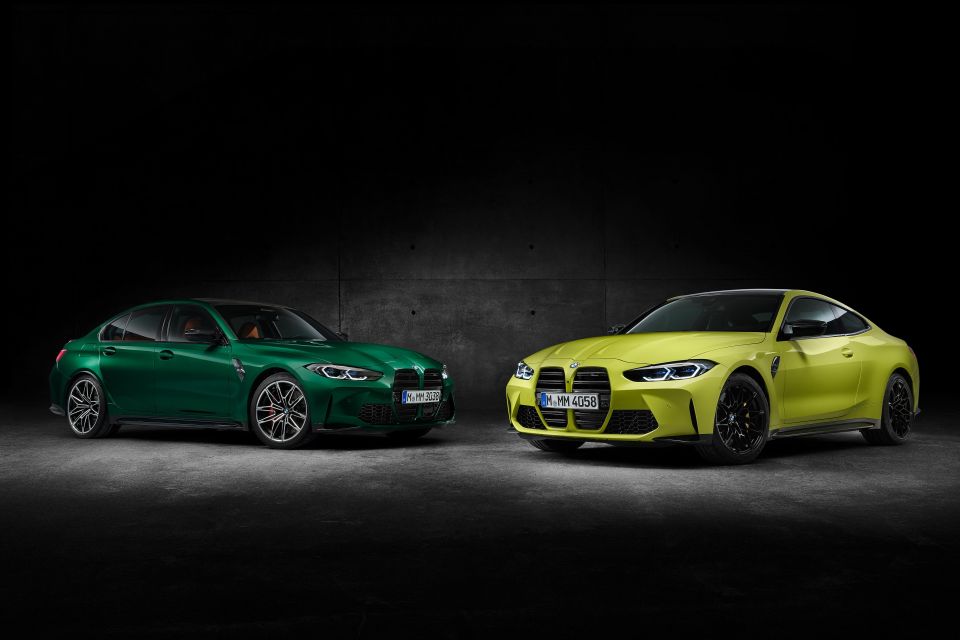
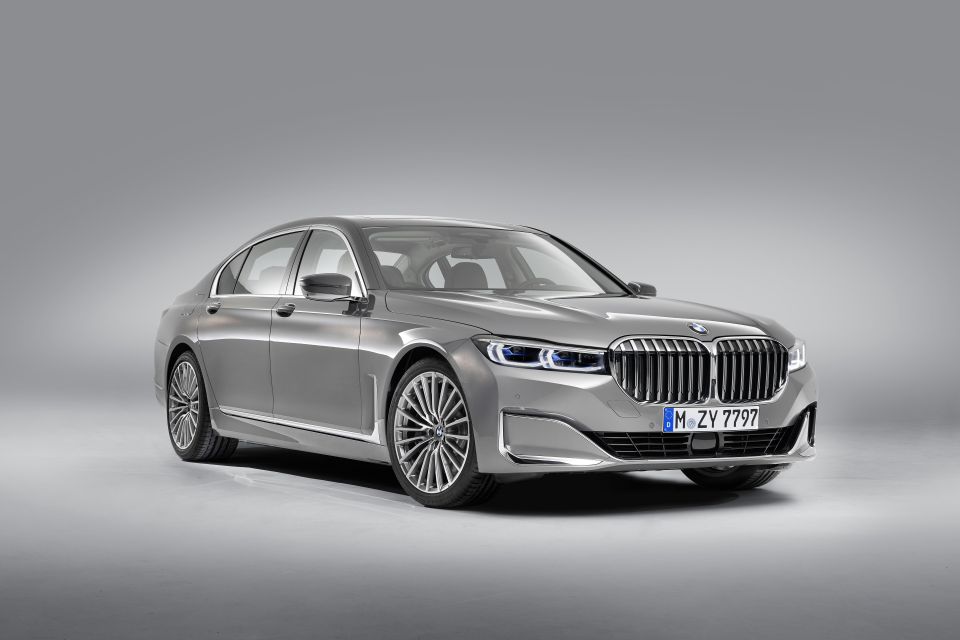
Ok, ok. The BMW iX’s grille looks monstrous, at least initially. Time has a way of changing your perceptions, however. I reacted in shock when I first saw the new BMW M3 and M4’s imposing grilles, even though I was quite fond of the facelifted 7 Series and X7’s similarly vertical noses.
A big grille, however, is not a design language. Strip that away and the latest BMWs are a subtle evolution at best from their predecessors.
That’s not necessarily a bad thing – some BMW models have historically gone two or three generations without radically changing in appearance. But it makes BMW’s new look merely a revolutionary facade for otherwise evolutionary designs.
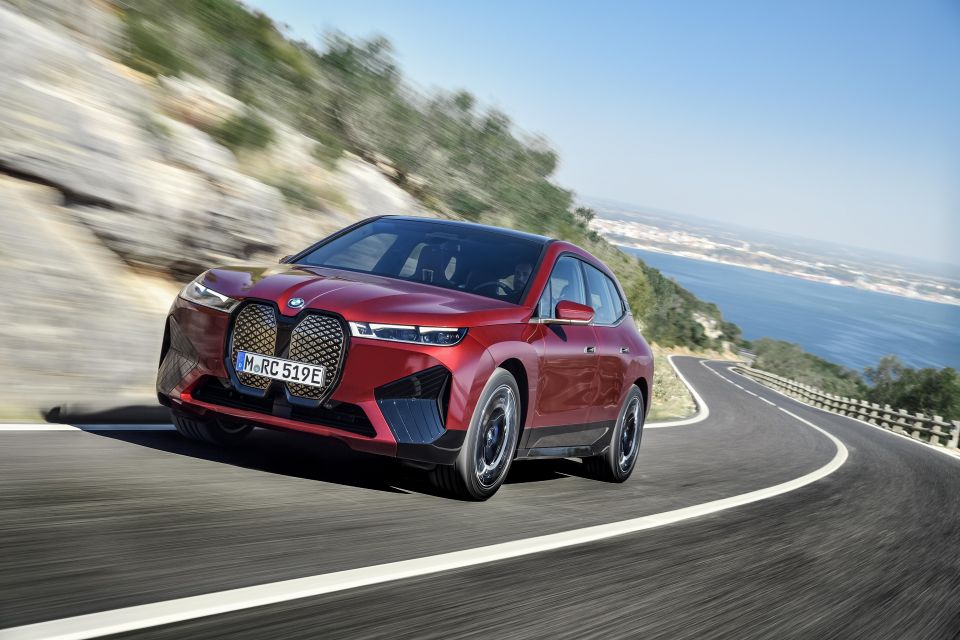
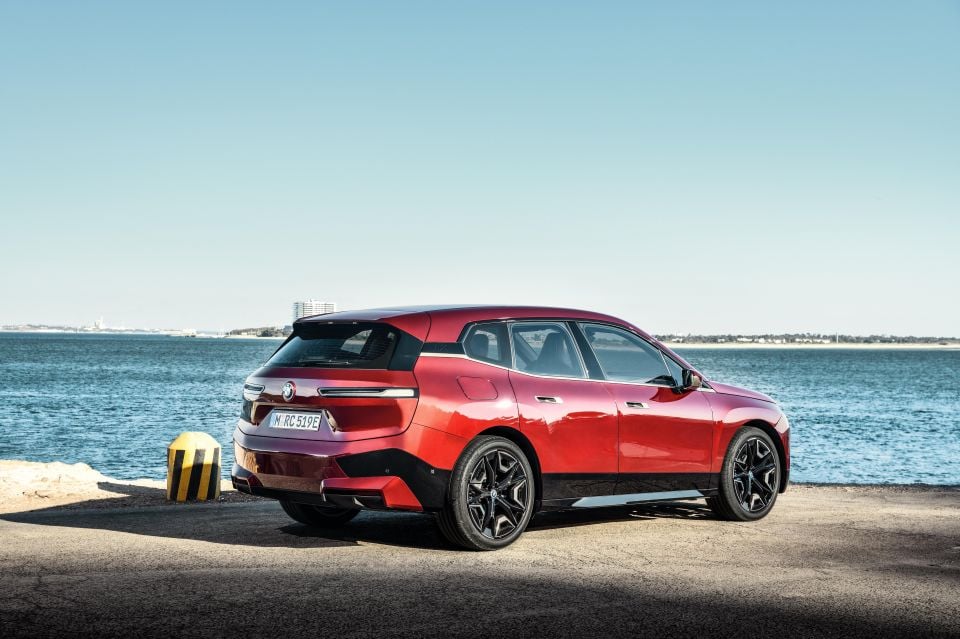
Or take the iX. BMW sure like you to, as evinced by the pushy and combative social marketing campaign from which it has quickly back-pedalled.
Strip away that challenging grille (and set aside the stunning interior, for now) and what does this promising new electric vehicle look most like? Arguably the i3, a now seven-year old electric city car.
Under BMW Group design boss Adrian van Hooydonk, BMW has inconsistently adopted large grilles as a way of standing out. Van Hooydonk said himself the large grilles help in markets like China and the USA, where stealth luxury is less desirable.
That makes sense. But where’s the holistic approach to design? Why do some new BMWs have an outlandish front end but a sedate body?


That brings me back to Chris Bangle. Say what you will about his designs, but they were a radical shake-up for BMW. Some may argue BMW’s classic design language didn’t need a shake-up and I’d agree, to a point. After all, the E39 5 Series is one of the most beautiful Bimmers ever made.
Consider Bangle’s interference a pre-emptive strike, however. Just look at what Jaguar was doing, endlessly retreading the same gorgeous but rather repetitive design language – it released the most technologically-advanced XJ ever, the 2003 X350, and nobody would have guessed because it looked so much like XJs of yore.
It took Ian Callum to finally shake things up, especially after the retro S-Type and X-Type didn’t meet sales expectations.

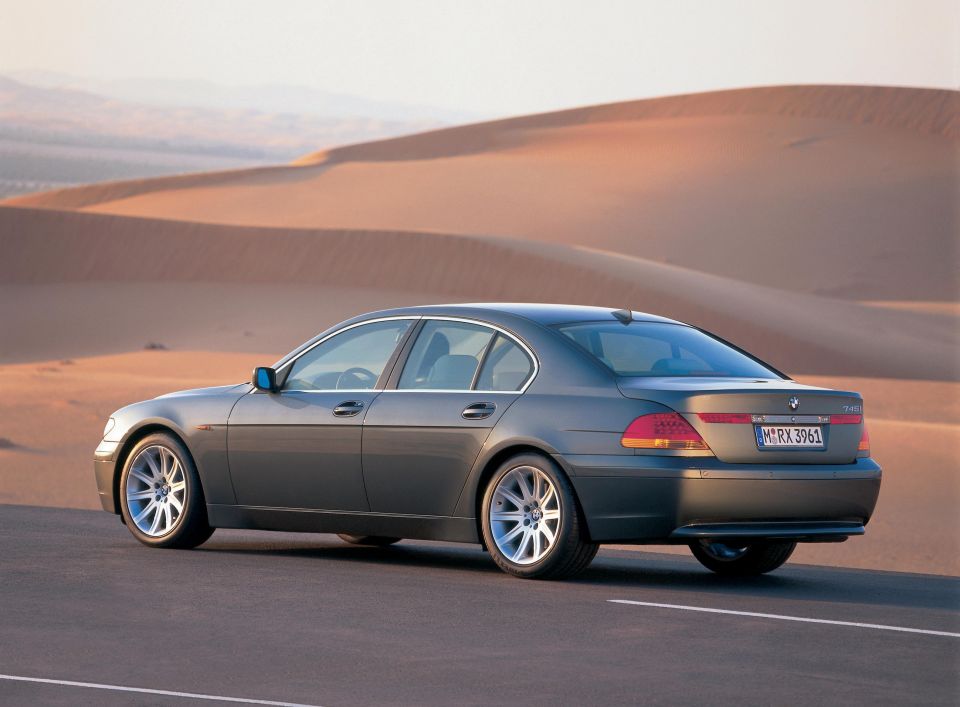
Along comes Bangle as BMW design boss, bringing his flame surfacing, different lighting shapes and, yes, the Bangle Butt. Nobody could accuse him of simply slapping a wild new front on an existing body. Instead, his designs had complex shapes and intriguing new elements.
A 5 Series or a 7 Series still looked like a BMW – ironically, the one thing he really didn’t drastically change was the double-kidney grille – but neither sedan looked like each other. Everything was distinctively part of a BMW design family, but everything had its own look.
Van Hooydonk followed Bangle as BMW’s head designer, and his initial work was cautious, even plodding. Sedans started to blur together again, making it hard to tell 5 and 7 Series apart once more. Generational changeovers brought only evolutionary design changes.
Now, he and division design boss Domagoj Dukec seem a tad uncomfortable with the conflicting desires to maintain the purity of BMW’s design language while appealing to markets that prefer the kind of gaudier luxury Mercedes-Benz does a tad better.
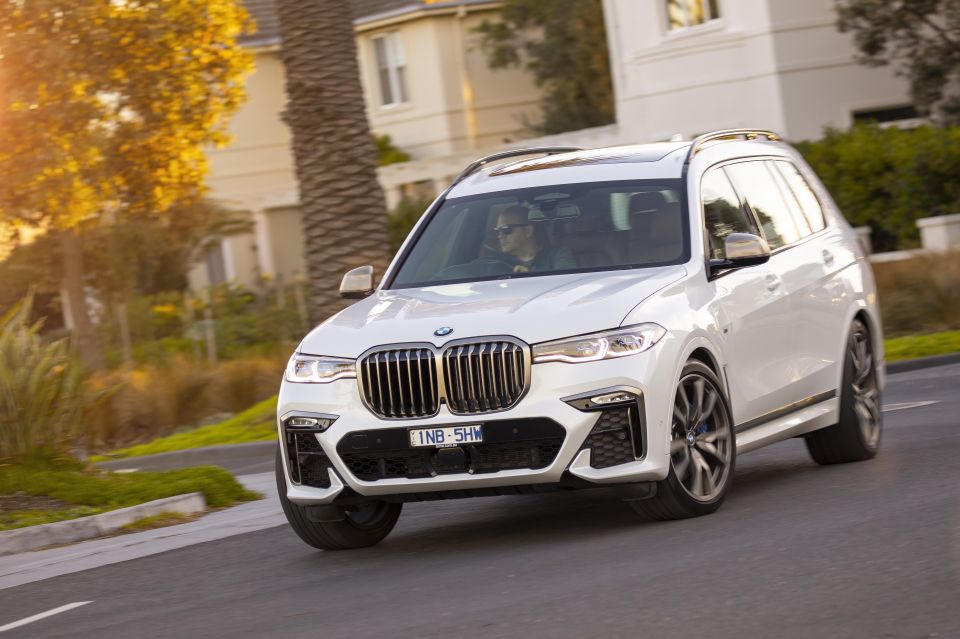
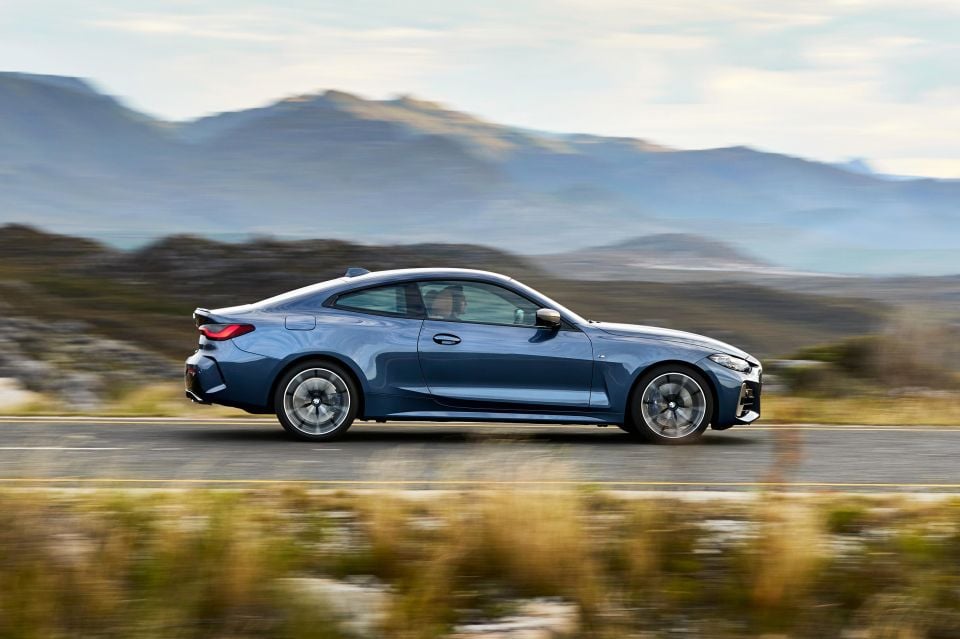
The big grilles have inspired a legion of memes but some of the reaction has been a bit overblown – I mean, is the X7 grille really that much larger than that of a GLS? But while Bangle’s designs were mocked and imitated in equal measure, BMW doesn’t have much for other brands to copy.
And, surprisingly, heritage design elements that even Bangle dare not throw out – like the Hofmeister kink – have disappeared from the new 4 Series.
The idea of a big grille has been done to death; Audi introduced its Single Frame grille all the way back in 2007. And take that away, and BMW’s design language is comfortably familiar and hardly cutting-edge.
This isn’t Peter Schreyer shocking the mid-sized sedan segment with the 2011 Kia Optima, or Ian Callum surprising us all with the first Jaguar XF.

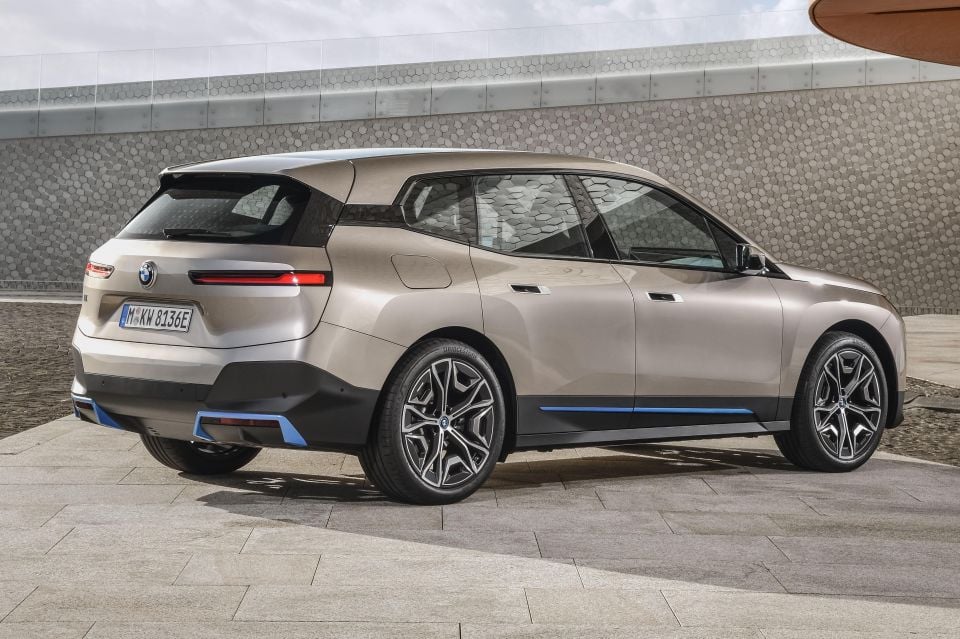
Even the iX, what should truly be a statement vehicle for BMW being that it rides a bespoke electric architecture unlike its ICE-based Audi and Mercedes rivals, is… comfortably familiar. Grille aside, it’s arguably quite handsome. It isn’t simply a stretched i3 in looks, even if it does pay homage, but nor is it a daring new direction for the brand.
Bangle was such a transformative figure at BMW and in the industry overall, but his successors have proved cautious. They’ve generated all the controversy Bangle did but without the substance to back it up.
Where expert car reviews meet expert car buying – CarExpert gives you trusted advice, personalised service and real savings on your next new car.
William Stopford is an automotive journalist with a passion for mainstream cars, automotive history and overseas auto markets.


Damion Smy
1 Hour Ago


Damion Smy
3 Hours Ago


Damion Smy
4 Hours Ago


Damion Smy
6 Hours Ago


Damion Smy
7 Hours Ago


Damion Smy
9 Hours Ago